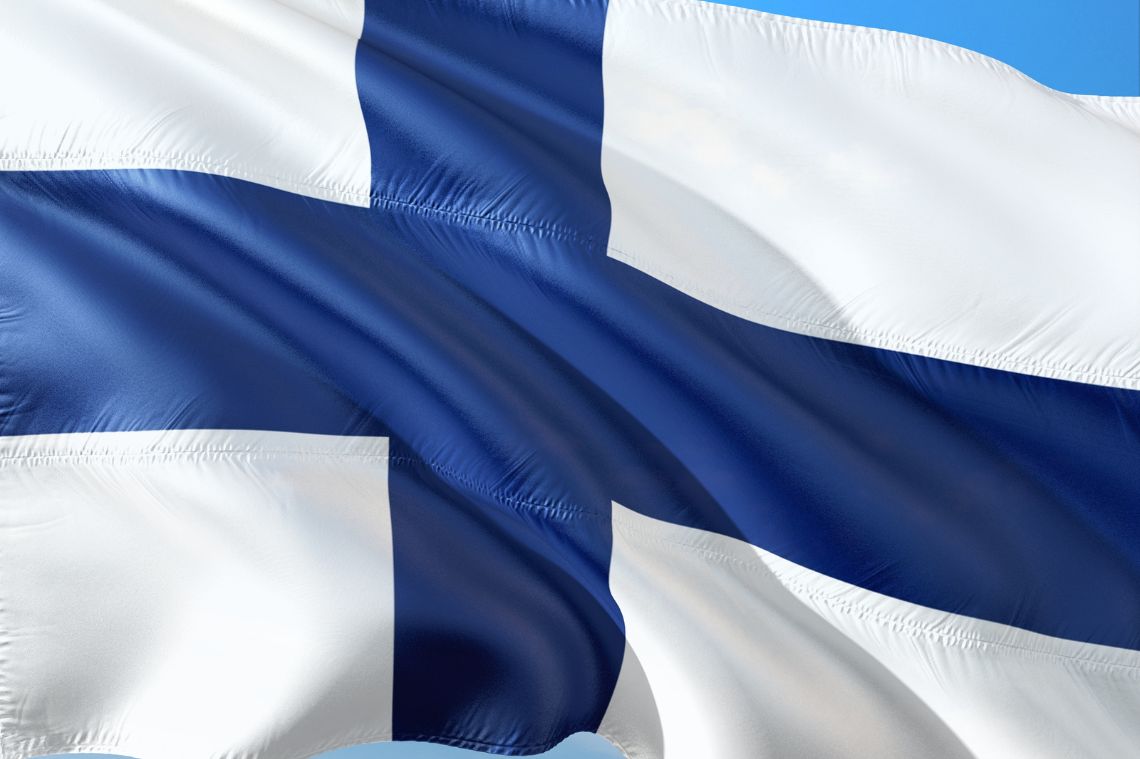Finland: A Model of Social Support
AUTHOR: DAVID BEGG
[This blog is an extract from ‘In Praise of Finland’, in Doctrine & Life, July-August 2022, pp. 30-37]
Pope Francis has argued that inequality is the root of all social ills (Evangelii Gaudium). It should not be surprising, then, that the countries scoring best in the World Happiness Report are the most equal countries in the world. The Nordic countries always top the list and foremost among them is Finland. These countries, after all, enjoy not only high incomes and good health but high levels of trust and social support. Their universal social democratic welfare state model ensures that even the poorest people do not lack the basic resources necessary for human flourishing.
There is a range of factors considered by the World Happiness Report but the most important is social support, which explains about a third of the total. Social support measures quality relationships and community ties. As Finland has headed the list for the past four years, it is clear that social support must be very strong there.
Political stability is one of the basic preconditions for economic and social development. Even during extreme circumstances, Finland was able to maintain and develop its firmly established democratic system. Social and political stability are connected to the high level of social capital in Finland. The people trust each other, corruption is rare, and cross-national comparisons tell of high social morals.
Finland is also renowned for the quality of its system of education. It has one of the most educated cititizenaries in the world, provides educational opportunities in an egalitarian manner, and makes efficient use of resources. Performance differences between schools are small and private tutoring is not considered necessary. In Finland, teaching is a prestigious profession, and many students aspire to be teachers. The Finnish experience shows that a consistent focus on equity and cooperation – not choice and competition – can lead to an education system where all children learn well. Another distinguishing feature of the Finnish school system is the number of languages taught. This is partially due to the fact that the country has two official languages: Finnish and Swedish. Educational attainment for children is measured by the OECD Programme for International Student Assessment (PISA) and here again Finland has many times achieved the best results. It should be noted, too, that Ireland has also performed well. Finland spends 7.5 per cent of its GDP on education, an amount exceeded only by its Nordic neighbours, Denmark and Sweden.
NEUTRALITY
After two grinding wars with the Soviet Union, Finland (unlike most of Eastern Europe) kept its independence throughout the Cold War. The price of doing so was neutrality. It stayed out of alliances but bought arms from both East and West. That arrangement and the distorting effect on domestic politics of Soviet pressure became known as Finlandisation.
As late as the early 1990s, the argument that EC membership would be incompatible with the policy of neutrality was a major debating point in Finnish politics. But the collapse of the Soviet Union did lead to a re-evaluation of foreign policy. By the summer of 1993, Finnish foreign policy thinking began to emphasise security as an argument in favour of EU membership. This argument was couched in cautious terms and focused upon the impact of the EU on European security in general and northern European security in particular. Gradually, the question evolved to one where EU membership began to be viewed in terms of protection from Russia. Thus it was that the security argument turned from being one of the most powerful considerations against membership into one of the most persuasive rationales in favour of it. Finland deciding to join NATO is the culmination of quite a long and deep internal debate about neutrality. It is a debate we have not yet had in Ireland.
Sweden is also considering joining NATO and former Prime Minister, Carl Bildt, argues that together Finland and Sweden could alter the security architecture of northern Europe in NATO. He points out that each country would bring considerable military capabilities to the alliance. Finland maintains an army with very substantial reserves and Sweden has a strong navy and air force. Finland has a wartime troop strength of about 280,000 while it has 900,000 trained as reservists – almost a third of the adult population. This makes it one of the biggest militaries relative to its size in Europe. In fact, since Russia’s annexation of Crimea in 2014 both Finland and Sweden have expanded their military cooperation with NATO, the UK and the United States. Bildt points to studies published by Finland and Sweden which suggest that integrated control of the entire area will make defence of Estonia, Latvia and Lithuania easier since Swedish territory and air space are important for such efforts. This, the studies say, will strengthen deterrence and make conflict less likely.
But, Bildt maintains, the most important consideration is political. Finnish and Swedish accession to NATO would increase the alliance’s political strength as the pillar for the defence of Europe and the transatlantic area. However, Bildt also speculates that neither Finland nor Sweden will allow permanent NATO bases, and certainly not nuclear weapons, on their territory because to do so, given their proximity to Russia, would be too much of a provocation.


